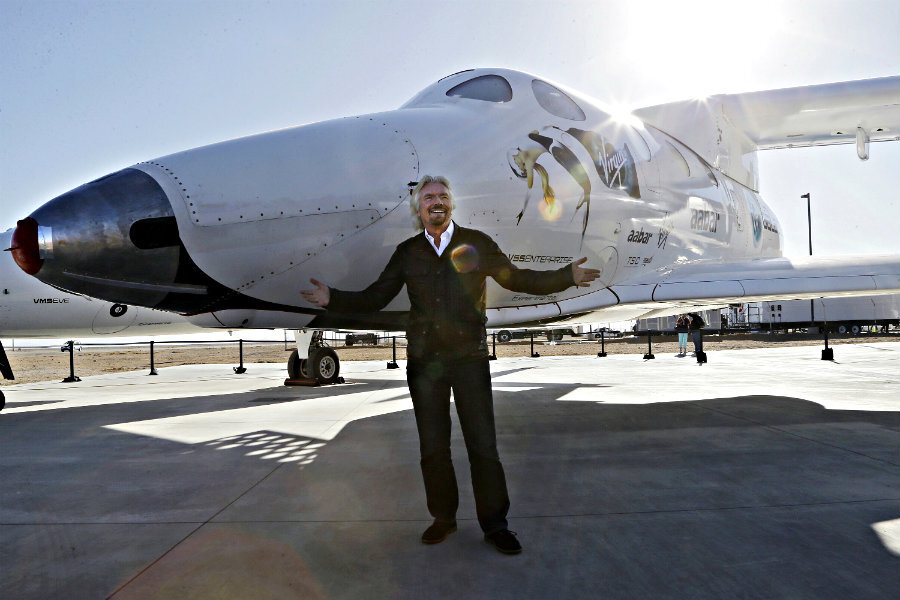Virgin Galactic unveils its second SpaceShipTwo craft
Loading...
Virgin Galactic rejoined the space tourism race on Friday, as it unveiled its new SpaceShipTwo.
Virgin Galactic calls itself the “first commercial spaceline.” It is owned by English business magnate Sir Richard Branson, and was created in 2004.
The original SpaceShipTwo crashed in 2014, prompting Branson to reevaluate Virgin Galactic. Yet, not even two years later, the company will be back in the air.
After being thoroughly tested, SpaceShipTwo will carry two pilots and six passengers to the edge of space, about 62 miles above the surface of the earth. Civilians will now have the ability to experience what only a small number of humans have had a chance to experience – the weightlessness and wonder of space, at least for a few minutes.
In 2013, CNN reported that the price of a seat on a Virgin Galactic space tourism vessel would cost $250,000. That price is already a significant reduction from private space flight costs a decade and a half ago. In 2001, for example, space tourist Dennis Tito paid about $20 million for a seat on Russia’s Soyuz spacecraft.
Is it worth it? Approximately 700 people from 50 different countries think so. These future space tourists have already paid deposits to secure a place on Virgin Galactic crafts.
Before SpaceShipTwo can carry passengers, however, it must undergo rigorous flight testing. This craft’s older brother, the original SpaceShipTwo, made 55 test flights.
The original SpaceShipTwo crashed over a year ago, killing co-pilot Michael Alsbury and leaving pilot Peter Siebold badly injured. Although investigators eventually determined that Mr. Alsbury had accidentally activated the vehicle’s feathering mechanism too early, causing the craft to crash.
"Space is hard, and today was a tough day," said Virgin Galactic CEO George Whitesides during a news conference after the crash. "We are going to be supporting the investigation as we figure out what happened today, and we're going to get through it."
After the crash, Sir Branson seemed unsure whether or not Virgin Galactic would continue with its program, despite being “upbeat” about the company’s recovery from the crash. “We would love to finish what we started some years ago,” Branson said.
The cause of the 2014 crash was determined to be the vehicle’s “feathering” mechanism, intended to slow and stabilize the craft as it descends, which was accidentally activated by the co-pilot. Reuters reports that the new ship has a safety mechanism that will prevent the same mistake from occurring.
Friday’s SpaceShipTwo rollout does not mean that the spacecraft will take to the skies immediately. Instead, it will undergo rigorous ground testing first, before it takes flight for multiple tests.
SpaceShipTwo will not take off from a runway, but, like the version that crashed in 2014, will be lofted by a mothership, WhiteKnightTwo, and then released.
Amazon’s founder Jeff Bezos is also involved in the space tourism business, as are lesser known companies named XCOR Aerospace and Worldview.
“As a thousand year old saying goes, there is no easy way from the Earth to the stars,” said Virgin Galactic in a statement. “But finally, there is a way, and through steady testing, we will find it.”






